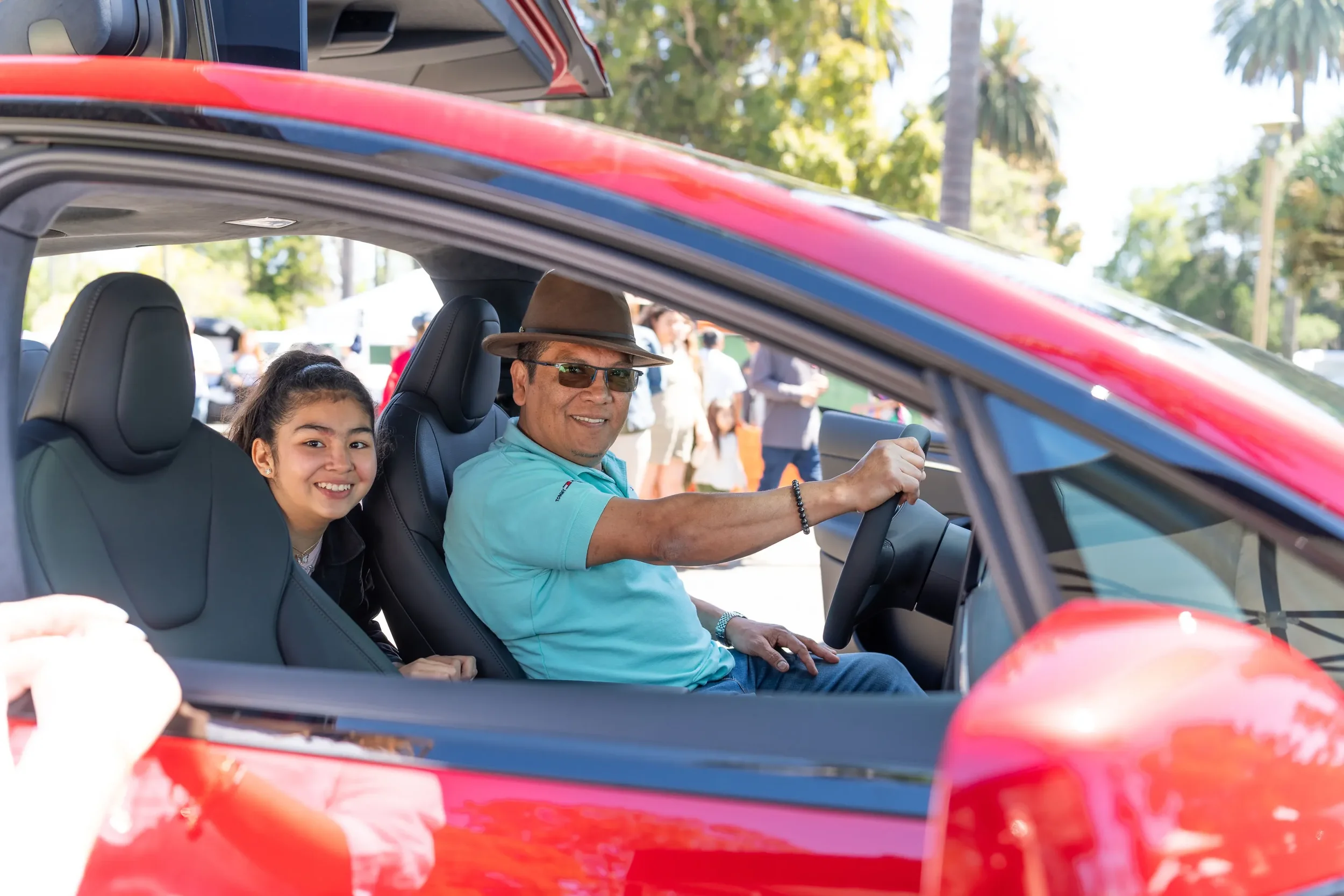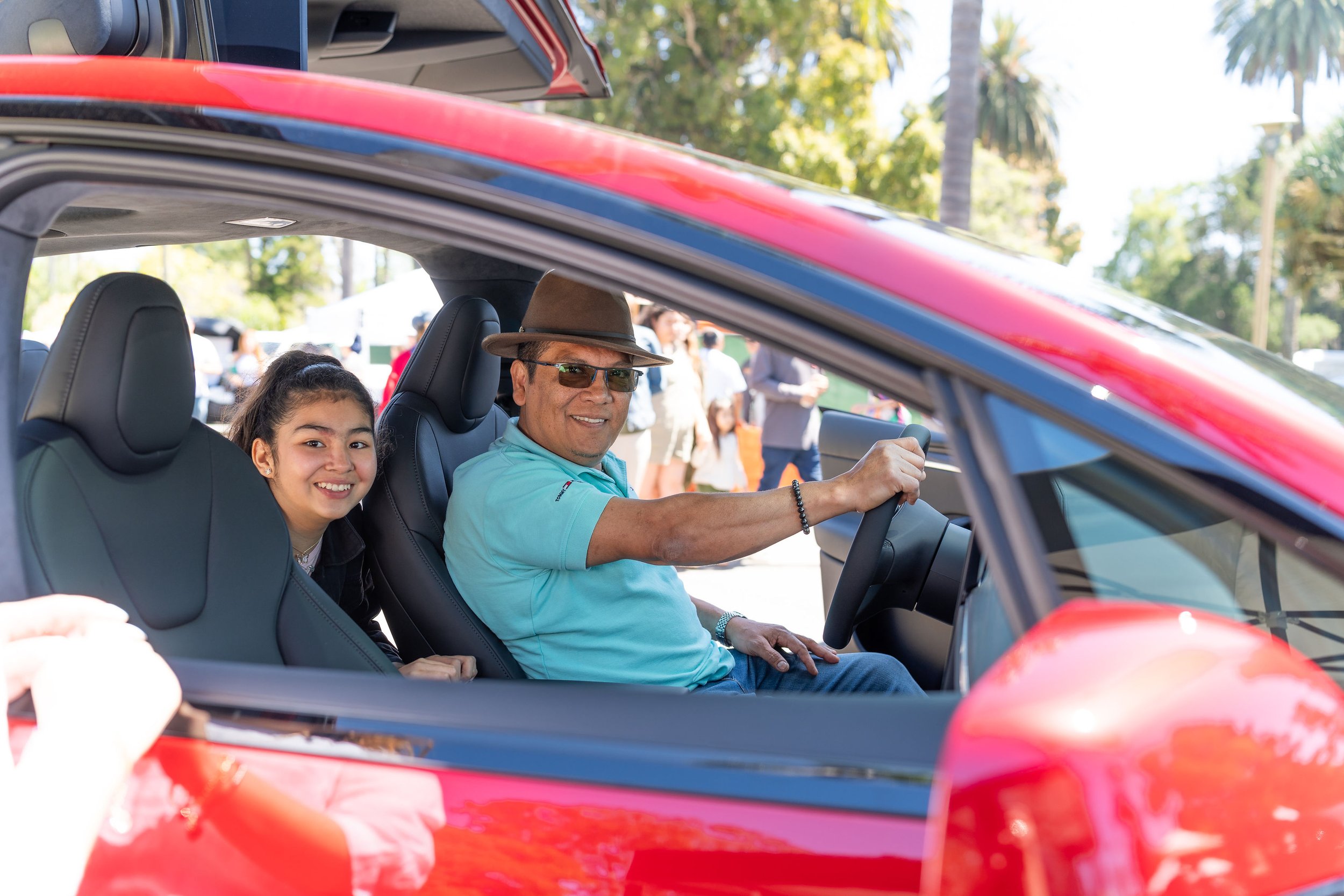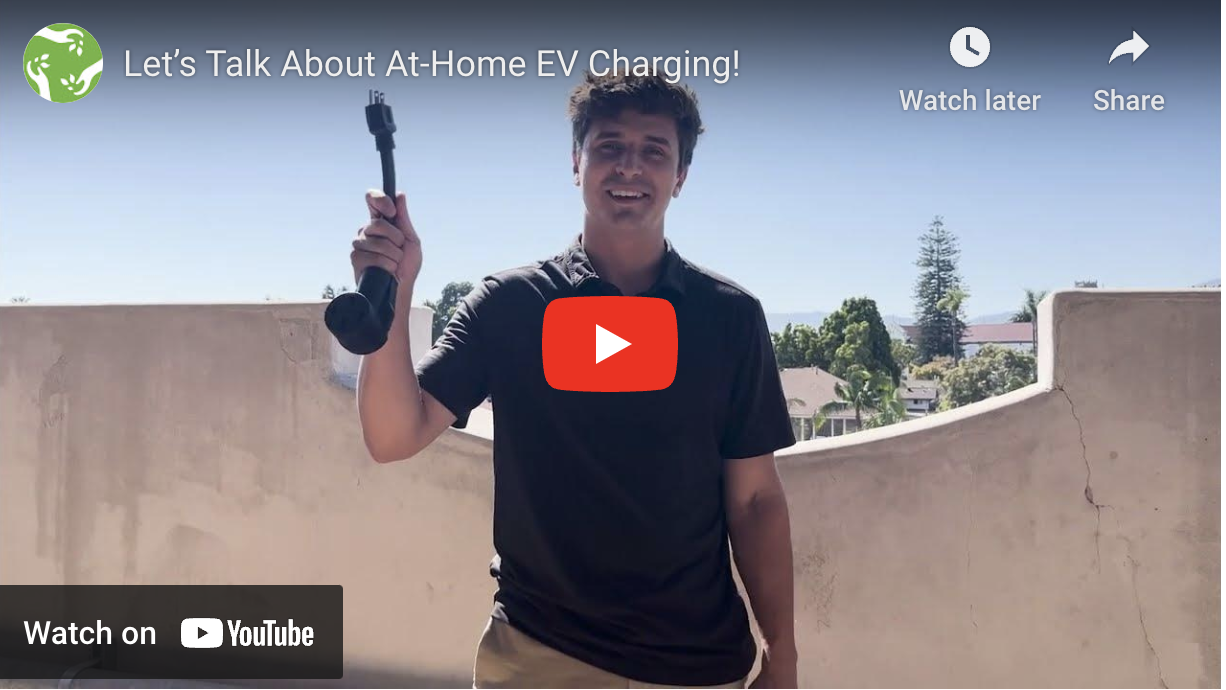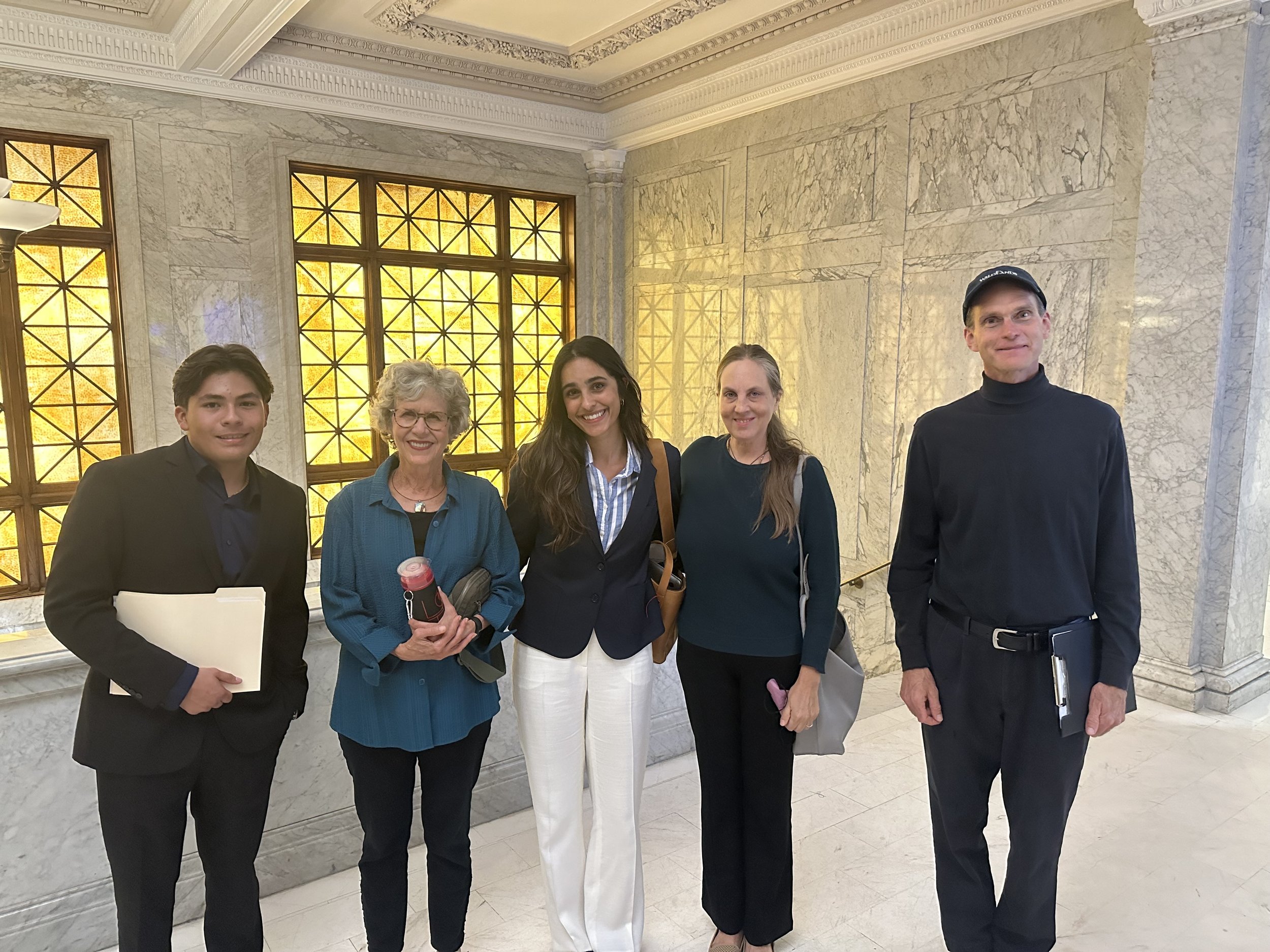
Blog
A space for learning.

The Time Is Right to Switch to an Electric Vehicle
As we watch years of climate progress unravel, state and local action is the only path toward a livable future. Thankfully, there are many impactful ways we can resist these attempts to thwart climate progress. While this may seem small in the scheme of things, one such way is to switch to an electric vehicle.

Abriendo camino para los vehículos eléctricos - Kit de recursos del seminario virtual
Conoce los incentivos y las soluciones de recarga para los vehículos eléctricos más recientes. Navega los obstáculos que salgan en el camino y súbete al VE adecuado para ti.

Navigating EV Roadblocks - Webinar Resources Toolkit
This webinar is for individuals who understand the basics of driving electric, but need more information before taking the leap. CEC’s Electrify Your Life team and community members who drive an EV answer your questions and help clarify your outstanding concerns so you can start saving money and join the movement to reduce carbon emissions.

Los cargadores de vehículos eléctricos para el hogar
Configurar una estación de recarga para un vehículo eléctrico (VE) en el hogar, puede hacer que rentar o comprar un VE sea mucho más conveniente.

At-Home EV Charging
Setting up an electric vehicle (EV) charging station at home can make owning or leasing an EV much more convenient. With all of the current rebates and incentives available, adding an at-home charging station can be quite affordable, and in some cases, free.

The Biggest Climate Wins of 2023
While it was difficult to surpass 2022’s unprecedented climate wins, the successes we saw this year in California are keeping the winds at our backs, maintaining our momentum toward rapid and equitable climate solutions.



Five Ways Colleges Are Coaxing Students Out of Their Cars
Like other schools across the country, the University of California, Santa Barbara (UCSB) has its own program to entice students, faculty, and staff to reduce driving and choose more sustainable modes of transportation. The Transportation Alternatives Program, or TAP, seeks to reduce traffic congestion, traffic emissions, and the demand for parking on campus and serves those who commute to UCSB by foot, skateboard, bicycle, bus, carpool, vanpool, or train.